What Cybersecurity trends should you watch out for in 2025?
Top Cybersecurity Trends to Watch in 2025
As we approach 2025, the cybersecurity landscape is evolving rapidly, driven by technological advancements, emerging threats, and regulatory changes. Staying ahead of these trends is crucial for businesses and individuals alike to protect sensitive data and maintain a strong security posture. Here are the top cybersecurity trends to watch for in 2025:
1. AI-Powered Cyberattacks and Defense Mechanisms
Artificial Intelligence (AI) is a double-edged sword in cybersecurity. On the one hand, cybercriminals are increasingly leveraging AI to create more sophisticated and targeted attacks, such as AI-driven phishing scams and malware that can adapt and evade detection. On the other hand, organizations are using AI for enhanced threat detection, behavior analysis, and automated response systems. In 2025, expect to see a continuous arms race between attackers and defenders, both employing AI to outsmart each other.
2. Zero Trust Architecture (ZTA) Becomes the Norm
The Zero Trust model operates on the principle of "never trust, always verify." With cyber threats becoming more advanced, the traditional perimeter-based security model is becoming obsolete. Organizations are rapidly adopting Zero Trust Architecture to minimize risks from insider threats, unauthorized access, and lateral movement within networks. As businesses continue to embrace digital transformation, Zero Trust will become a standard framework for network security in 2025.
3. The Quantum Computing Threat to Cryptography
Quantum computing is on the horizon, and while it promises tremendous computational power, it also poses a significant threat to current cryptographic methods. Traditional encryption algorithms that protect sensitive data today could be rendered obsolete by quantum computers in the near future. This has led to a push for developing quantum-resistant cryptographic algorithms. By 2025, expect organizations to start adopting these new standards to future-proof their data security.
4. Securing the Supply Chain
Supply chain attacks, such as the infamous SolarWinds breach, have exposed vulnerabilities in interconnected systems. As a result, supply chain security will be a top priority in 2025. Organizations will need to implement stricter controls, continuous monitoring, and risk assessments for their third-party vendors. Enhanced visibility and collaboration across the supply chain will be crucial in mitigating these risks.
5. Secure Access Service Edge (SASE) for Remote Work
The shift to remote and hybrid work environments is here to stay, and so are the challenges of securing remote access. Enter Secure Access Service Edge (SASE)—a framework that integrates networking and security functions into a single, cloud-delivered service. SASE will play a pivotal role in securing remote work by providing seamless, secure access to resources regardless of location, making it a key trend to watch in 2025.
6. Ransomware as a Service (RaaS) and Double Extortion Rise
Ransomware attacks are not going away—in fact, they're evolving. The "Ransomware as a Service" (RaaS) model, where even low-skilled cybercriminals can launch complex ransomware attacks, is becoming more prevalent. Additionally, double extortion tactics, where attackers not only encrypt data but also threaten to leak it unless a ransom is paid, are on the rise. In 2025, organizations must be prepared for these increasingly sophisticated ransomware threats.
7. Strengthening Cloud Security
With the rapid adoption of cloud technologies, securing cloud environments is more critical than ever. In 2025, cloud security will focus on securing cloud-native applications, containers, and serverless environments. Expect a rise in cloud-native security solutions that offer integrated security across multiple cloud environments, emphasizing robust Identity and Access Management (IAM) practices.
8. Evolving Privacy Regulations
Data privacy is becoming a top priority for regulators worldwide. As more countries introduce stricter privacy laws, like the General Data Protection Regulation (GDPR) in Europe and the California Consumer Privacy Act (CCPA) in the United States, organizations will need to invest in privacy-enhancing technologies to stay compliant. In 2025, businesses must be agile in adapting to these evolving regulations to avoid heavy fines and reputational damage.
9. Advanced Identity and Access Management (IAM)
Traditional password-based security is no longer enough. In response to increasingly sophisticated cyber threats, Identity and Access Management (IAM) is evolving beyond simple methods. Multi-factor authentication (MFA), passwordless authentication, and adaptive access controls are becoming essential components of a modern security strategy. By 2025, these technologies will be widely adopted as organizations aim to secure user access comprehensively.
10. Operational Technology (OT) Security Gains Importance
Critical infrastructure sectors like energy, water, and transportation are becoming prime targets for cyberattacks. As a result, Operational Technology (OT) security is gaining significant attention. In 2025, securing OT environments from both external and internal threats will be a high priority, with investments in specialized OT security solutions expected to grow.
11. Addressing the Cybersecurity Skills Gap with Automation
The cybersecurity industry is facing a persistent skills shortage, and this gap is expected to continue into 2025. To address this challenge, organizations are turning to automation to handle routine security tasks, allowing cybersecurity professionals to focus on more strategic activities. Security Orchestration, Automation, and Response (SOAR) tools will become more prevalent, helping organizations optimize their limited resources.
Preparing for the Future of Cybersecurity
The cybersecurity landscape in 2025 will be shaped by the interplay of new technologies, emerging threats, and evolving regulations. Organizations must be proactive in adopting these trends to protect themselves from the ever-evolving threat landscape. Staying informed and prepared will be key to navigating the complexities of cybersecurity in the years to come.
If you need more specific insights on any of these trends or how to prepare for them, feel free to reach out!
